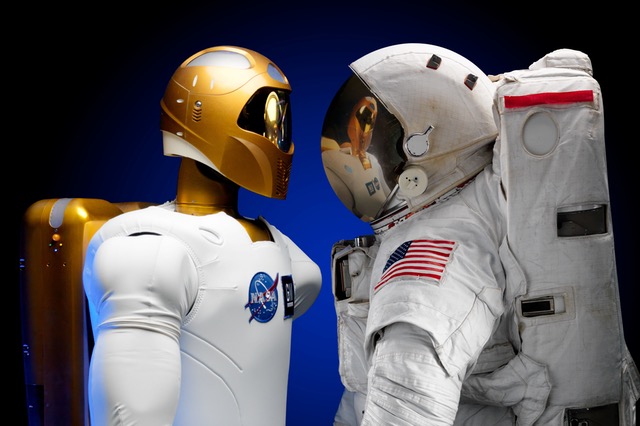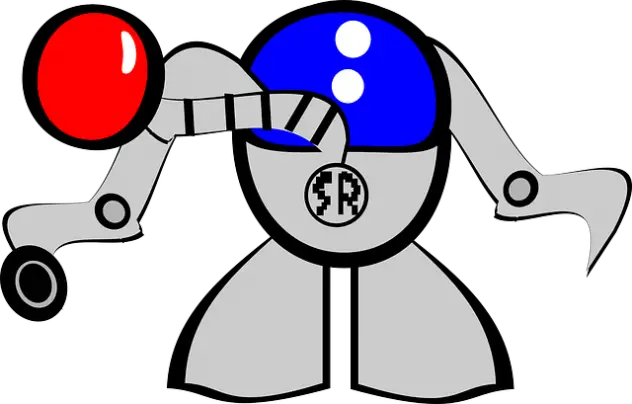Artificial Intelligence and Machine Learning
The terms artificial intelligence and machine learning are often bandied about as synonyms. This creates a great deal of confusion about what these terms mean and whether there is any difference between them. As anyone who has been following developments in computer science for some years would recognize artificial intelligence as an earlier term than machine learning. Basically, artificial intelligence is a broader concept that reflects the movement towards creating computer systems capable of human-like intelligence. Machine learning is a relatively recent development that provides the technical tools and methods to equip computer systems with artificial intelligence, or at least something close to it.
One of the most memorable images of artificial intelligence in action is the Deep Blue versus Garry Kasparov chess game where the victory of the Deep Blue computer was hailed as a landmark achievement for artificial intelligence. However, artificial intelligence and machine learning encompass several concepts. Applied AI refers to specific applications such as designing systems to play online games or make automatic purchases. This is probably the most common and successful areas of AI.
[youtube https://www.youtube.com/watch?v=cwmIHnEHfr8]
General AI is what we see robots and droids do in sci-fi movies–machines that reason and communicate like humans. Another field of AI is called Narrow AI. Narrow AI is the application of AI principles to develop different applications that reflect human decision-making and cognitive processes. For example, a computer system designed to distinguish human faces from faces of animals is a narrow artificial intelligence and machine learning system. Narrow AI bears the closest resemblance to machine learning than applied or general AI. Therefore, we can say that machine learning is a field within the domain of artificial intelligence as opposed to being something entirely separate or distinct from it.
The difference between artificial intelligence and machine learning is conceptual. At its core, artificial intelligence is a movement more than a concept that was initiated in 1956 at a series of conferences on computer science in Dartmouth. The outcome of these conferences was a vision to use emerging technologies to develop computer systems that could not only follow instructions to perform specific tasks, but demonstrate higher-order thinking including problem solving and decision making. While artificial intelligence held a lot of promise and some progress was made in later decades, scientists could not live up to the expectations that consumers had been fed through pop culture and Hollywood. Machine learning emerged as a more reasonable approach to artificial intelligence as it focused on available technology and a clear goal in view—to create systems that could be trained to process information similar to human beings.
[youtube https://www.youtube.com/watch?v=dcZvhP-IqY4]
Pioneers in artificial intelligence and machine learning took inspiration from Arthur Samuel’s vision that machines could be trained to self-learn instead of having to be fed instructions for every new task. The development of the Internet and access to a large volume of data on the Web and other smaller public and proprietary networks meant that the critical mass of data required to train computers for machine learning was at hand. Scientists were now ready to undertake research into making computers capable of human-like cognition and decision making.
Probably the best example of how artificial intelligence and machine learning works in practice is the use of image-recognition systems—similar to the ones Facebook uses to recognize a user’s face. When the application is being developed, it is fed thousands of images of human faces. The software analyses the composition of pixels on each image and associates specific patterns with human images. In this way, it is able to distinguish human faces from images of animals and other objects. Other applications of machine learning consist of software that makes recommendations for a user based on their data about their previous purchases from a website.
[youtube https://www.youtube.com/watch?v=1aHub80AHFk]
At the core of artificial intelligence and machine learning is the concept of the learning loop. Machine learning systems possess the unique capability of modifying their algorithms on the basis of processing outcomes. In this way, the system is able to learn from experience, which reduces the need for a programmer to tweak the algorithm to accommodate every type of situation that might present before the system. The learning loop is based on a probabilistic system and is supported by information about its performance being delivered to it. It is possible that these developments can be taken to the next level by developing systems capable of creative activity.
It can be said that machine learning is probably the most successful manifestation of artificial intelligence and presents the direction for realizing the potential of AI. If artificial intelligence and machine learning is to make considerable progress and innovation in the coming years, it will have to do so along the path of machine learning. This is not to say that machine learning has made its due contribution to the field. Machine learning has a long way to go especially in the way it processes fuzzy data and vaguely defined problems.





